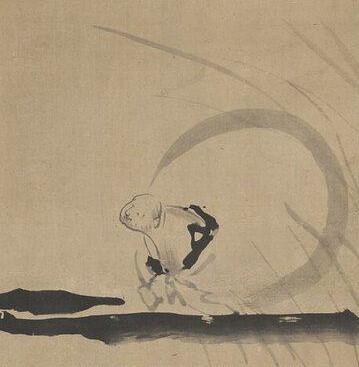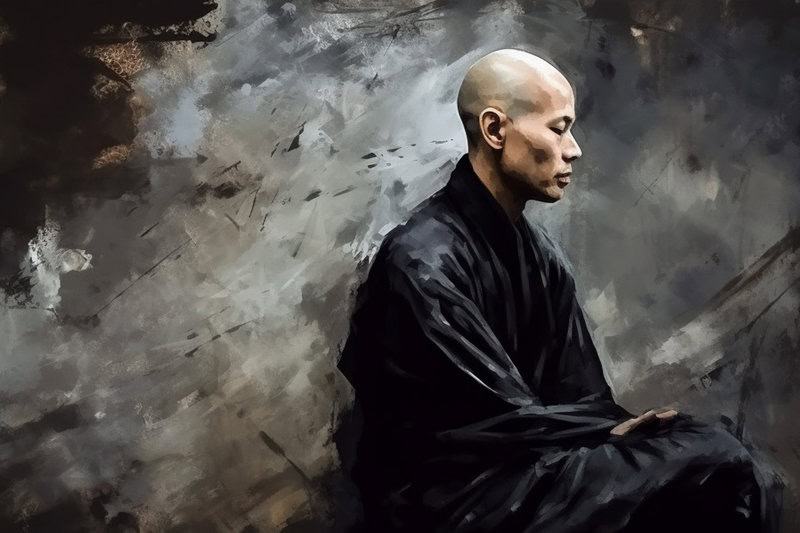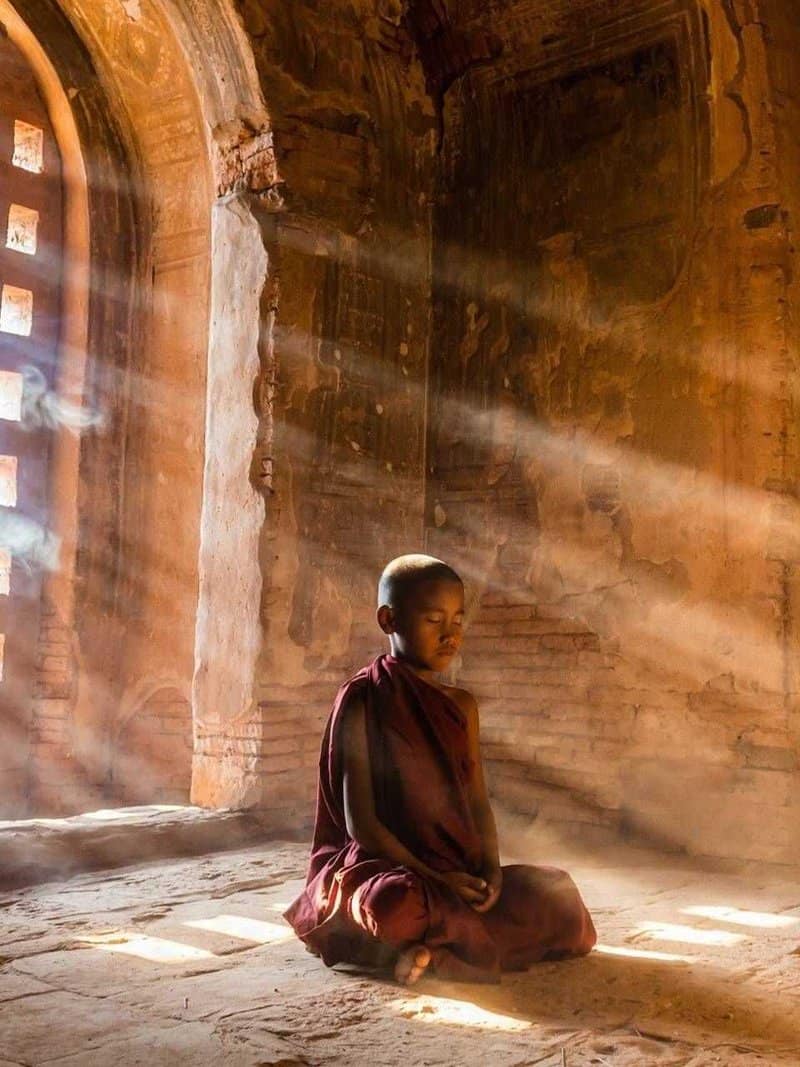Soto and Rinzai Zen – Sutra, Tantra and Essence Mahamudra
Following on from the post: Is Zen Vajrayana? I believe there are various tradtions in Zen. Some of them may use result as a path. This is a really interesting question. I don’t think that any of the traditions practice result as path in the sense that Vajrayana teachings teach it. However, interestingly enough, Soto […]
Soto and Rinzai Zen – Sutra, Tantra and Essence Mahamudra Read Post »




